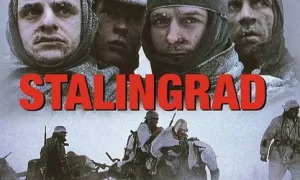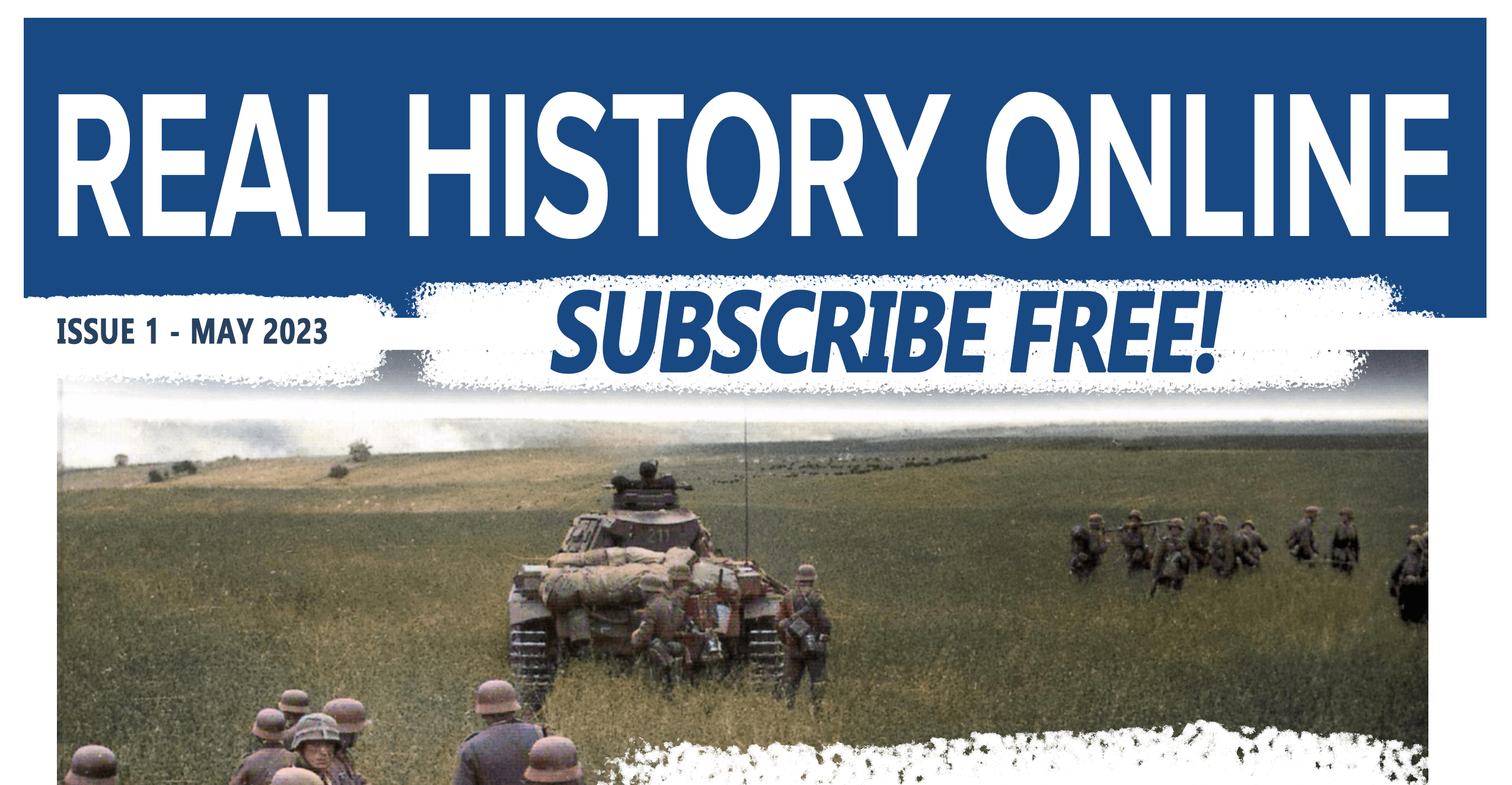Introduction: Unraveling the Layers of ‘Warsaw 44’
“Warsaw 44,” a gripping film directed by Jan Komasa, stands as a poignant portrayal of one of World War II’s most tragic and heroic episodes: the Warsaw Uprising. This deep dive aims to explore the film’s historical context, its portrayal of urban warfare and resistance, character depth, and its significance in Polish cinema and historical memory.
Historical Context and Fidelity
Set against the backdrop of the 1944 Warsaw Uprising, the film meticulously captures the spirit and despair of the Polish resistance fighting against the occupying Nazi forces. The filmmakers’ commitment to historical accuracy is evident in the detailed recreation of wartime Warsaw, from the architecture and clothing to the weaponry and tactics employed by both the insurgents and the German military.
Portrayal of the Warsaw Uprising
“Warsaw 44” offers an immersive experience into urban warfare, portraying the complexity and brutality of fighting in a besieged city. The film showcases the insurgents’ strategies, the civilians’ plight, and the overwhelming odds faced by the Polish fighters. The depiction of combat is both realistic and harrowing, emphasizing the chaos of street fighting and the resilience of the Polish resistance.
Vivid Depictions of Battle Scenes
“Warsaw 44” features several intense and meticulously crafted battle scenes that highlight different aspects of urban guerrilla warfare:
- The Initial Uprising: The film captures the outbreak of the uprising with a sudden, explosive skirmish. Young insurgents, armed with little more than determination and makeshift weapons, ambush a German patrol. The scene is chaotic, showcasing the insurgents’ courage and the brutal urban combat environment.
- Sewer Escapes: To move around the city besieged by German forces, the insurgents use Warsaw’s sewers. These scenes are claustrophobic and tense, highlighting the resistance’s ingenuity and the dire circumstances of their struggle.
- The Struggle for the Old Town: One of the film’s most harrowing sequences involves the battle for Warsaw’s Old Town. The camera moves through the rubble-strewn streets, capturing the ferocity of close-quarters combat and the devastation wrought by German bombs and artillery. The desperation and bravery of the fighters are palpable as they defend their positions against overwhelming odds.
- Final Stand at the City Center: In a climactic confrontation, the film depicts a desperate and doomed effort by the insurgents to hold onto a key district. Amidst the backdrop of a crumbling city, the scene is both visually stunning and emotionally wrenching, showcasing the ultimate sacrifice of the fighters.

 Character Development: The Human Faces of Resistance
Character Development: The Human Faces of Resistance
The film’s emotional impact is significantly heightened by its focus on the personal stories of young fighters and civilians caught in the uprising. These characters represent a cross-section of Warsaw’s society at the time, from passionate resistance fighters to ordinary citizens struggling for survival. Their journey provides a human dimension to the historical events, making the narrative more relatable and poignant for the audience.
Cinematographic Excellence and Artistic Vision
Jan Komasa’s direction in “Warsaw 44” is notable for its dynamic portrayal of the uprising, blending intense action sequences with deeply emotional moments. The cinematography captures the devastated urban landscape of Warsaw, conveying the destruction and the fighters’ isolation within the city. The use of lighting, camera angles, and color palettes enhances the film’s atmosphere, drawing viewers into the heart of the resistance.
Impact, Legacy, and Educational Value
Since its release, “Warsaw 44” has been celebrated for bringing attention to a pivotal yet often overlooked chapter of World War II. The film serves as both a tribute to the bravery of the Warsaw insurgents and an educational tool, offering insights into urban warfare tactics, resistance movements, and the Polish experience during the war.
Conclusion: The Enduring Legacy of ‘Warsaw 44’
“Warsaw 44” is a cinematic testament to the courage and tragedy of the Warsaw Uprising. Its combination of historical authenticity, compelling character arcs, and cinematographic mastery makes it a landmark film in Polish WWII cinema. For those interested in the complexities of resistance movements and the human cost of war, “Warsaw 44” provides an unforgettable viewing experience that honors the memory of those who fought and died in the uprising.
Meta Description: Dive into our comprehensive review of ‘Warsaw 44,’ a poignant film that masterfully depicts the Warsaw Uprising of 1944. Discover how this masterpiece of Polish WWII cinema captures the essence of resistance, the brutality of urban warfare, and the indomitable spirit of the Polish people.













